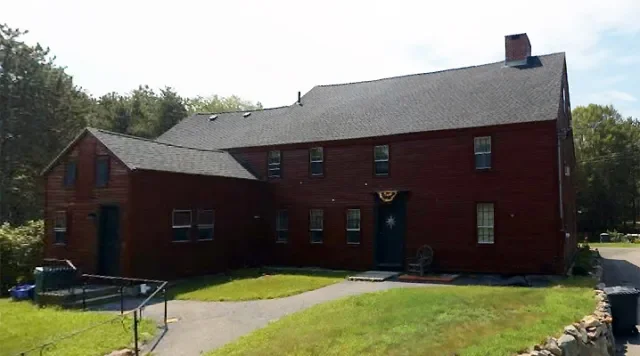Historic Home: Joseph Noyes (Newburyport, MA)
Origins & Construction
The house is located at 8 Bromfield Street in Newburyport.
Dendrochronology (tree-ring dating) shows that parts of the house’s frame date back to the 1670s, suggesting that some timber was reused from a much older building.
In 1712, Joseph Noyes, a house carpenter, acquired the property and significantly rebuilt the structure, including adding a full basement and a large fireplace.
Around 1774, the home was enlarged: a chimney bay was rebuilt, a salt-box lean-to was added, and a new staircase was constructed to access the attic.
Architecture & Features
The house blends First-Period architectural elements (very early colonial) with later Georgian style updates.
One of the standout features is a massive 9-foot-wide fireplace with bricks set in older clay mortar — a rare, early masonry detail.
The interior retains original carved gunstock posts and a huge summer beam, with visible mortise-and-tenon joinery that reveals its early craftsmanship. historicmassachusetts.org
Historical Significance
The Noyes family was important in early Massachusetts — Joseph was part of a prominent lineage, and his house reflects both the ambition and practical craftsmanship of early colonial builders.
Over the centuries, the property changed hands. In 1828, Nathaniel Noyes sold it to Enoch Pierce for $400.
The Newburyport Preservation Trust’s Historic House Plaque Program helps recognize homes like this one — verifying original owners, construction dates, and architectural importance. Newburyport Preservation Trust
Why It Matters
The reuse of 1670s timbers shows sustainability and resourcefulness — early settlers often repurposed material.
Its evolution (1712 rebuild, 1774 addition) offers a window into colonial architectural trends and how homes grew as families prospered.
As one of Newburyport’s older surviving structures, it stands as a physical link to early American history, telling stories about craftsmanship, family legacy, and colonial life.
